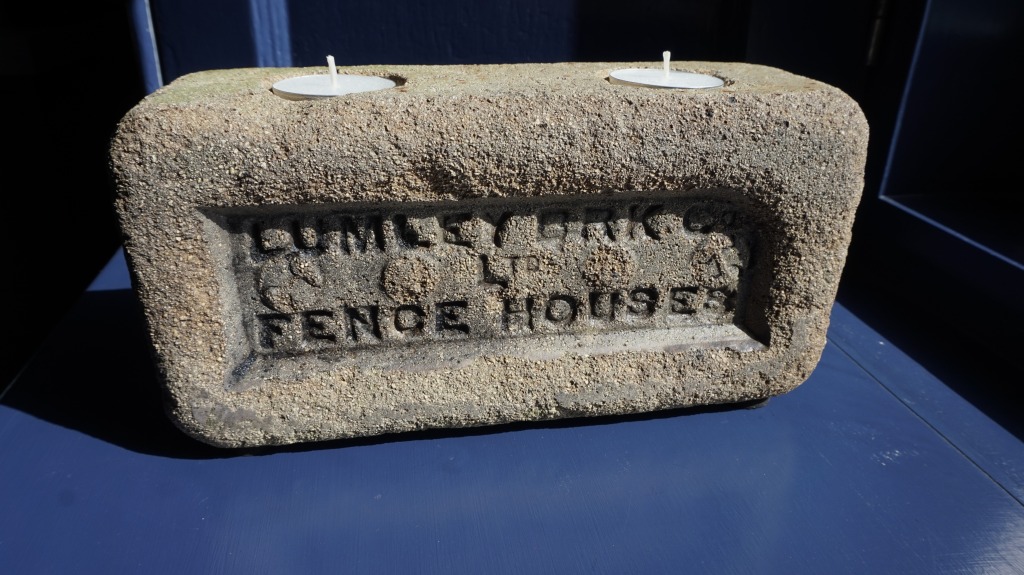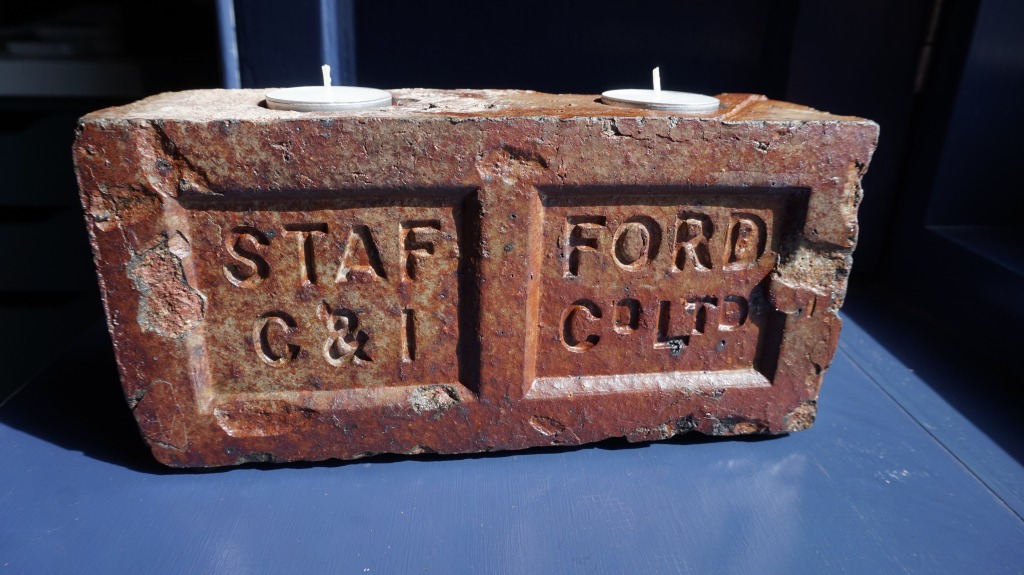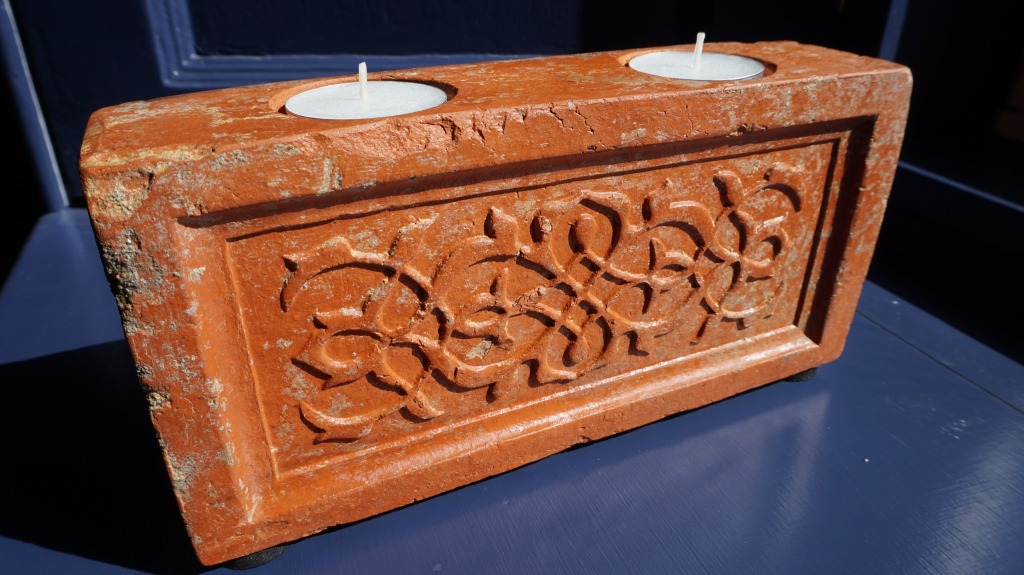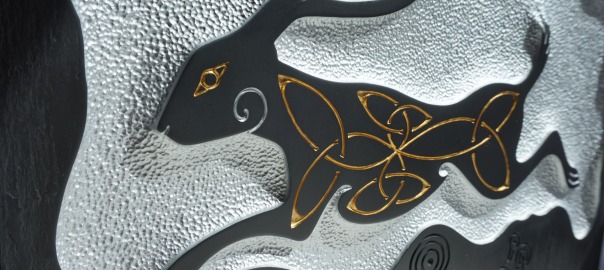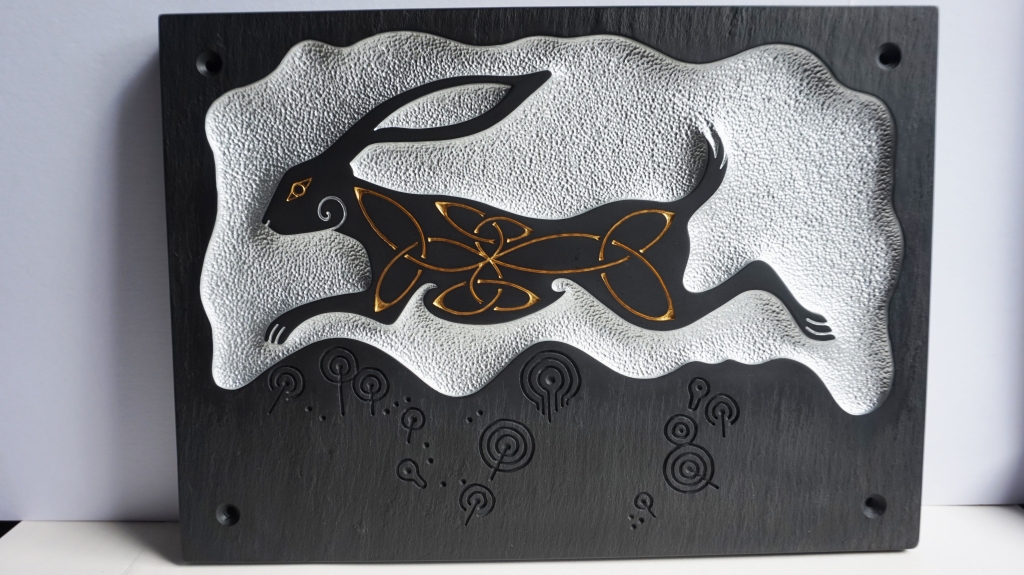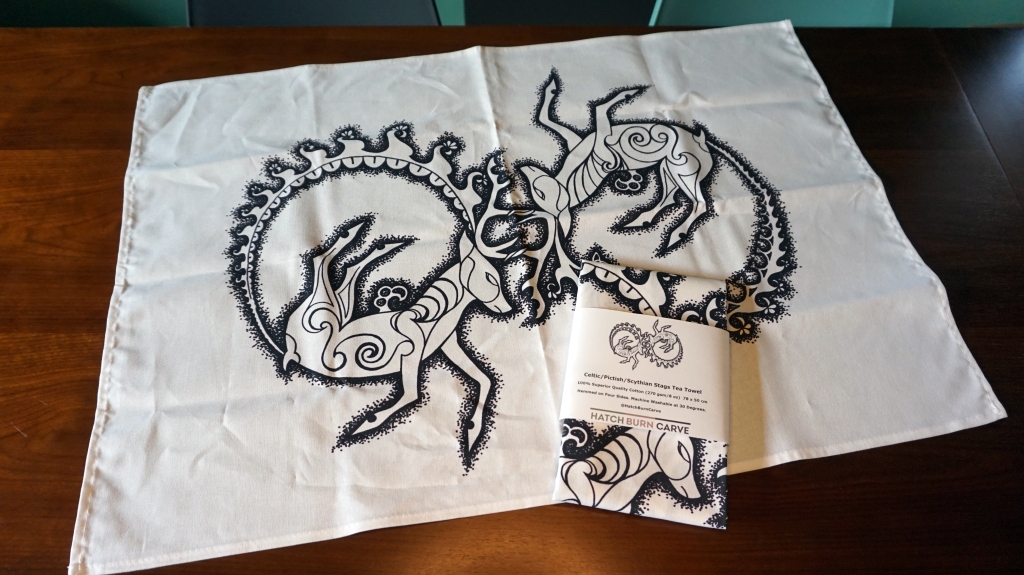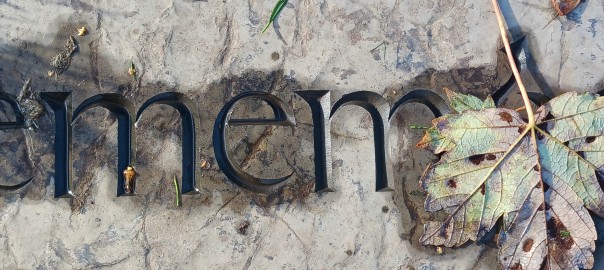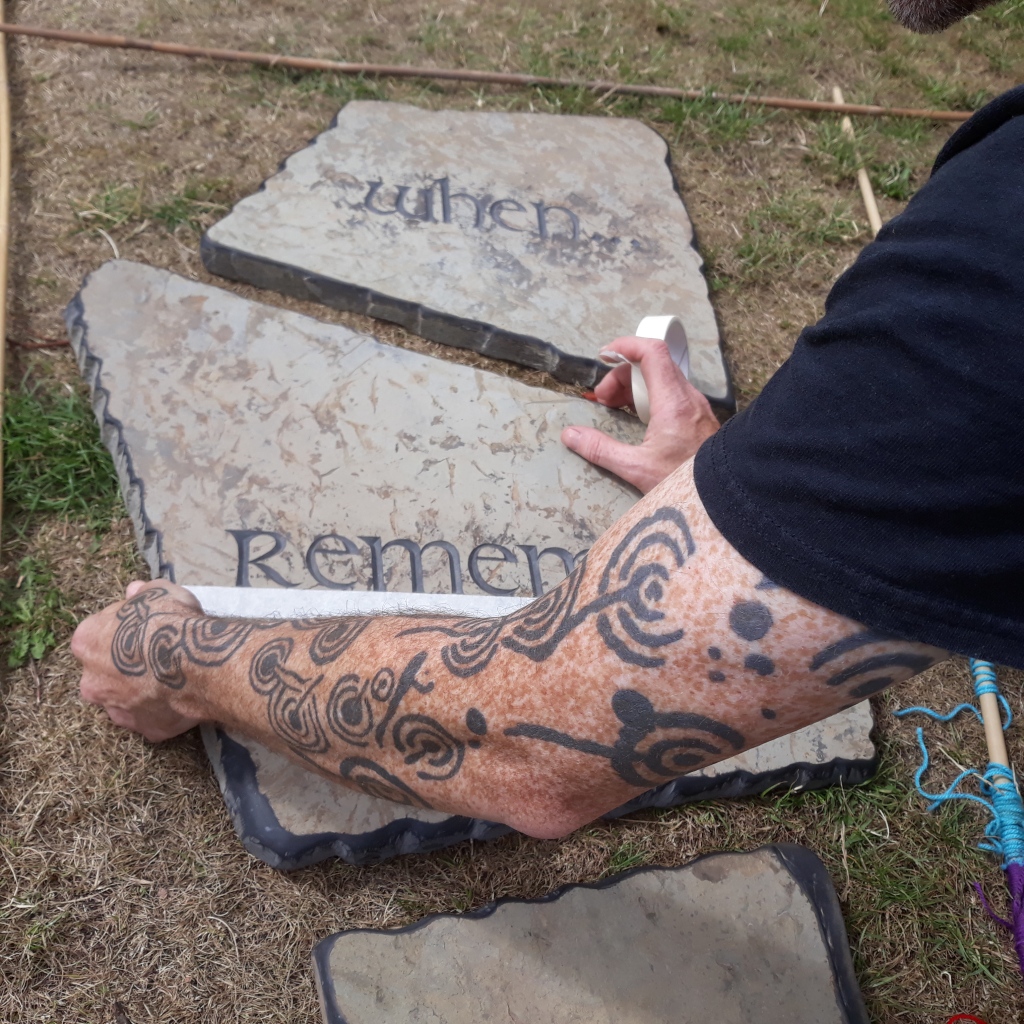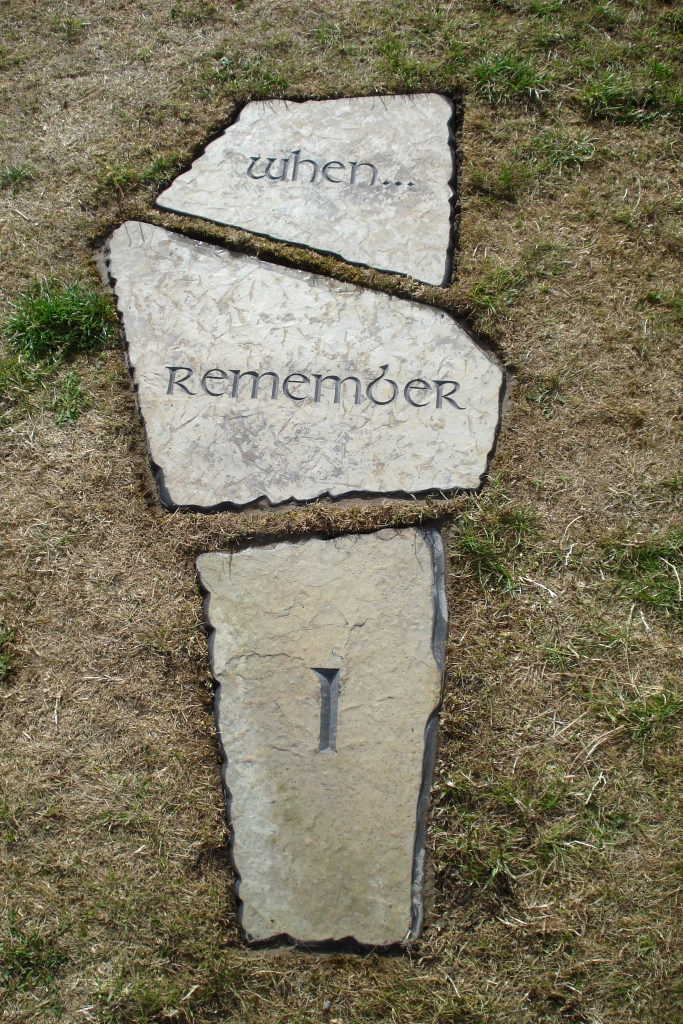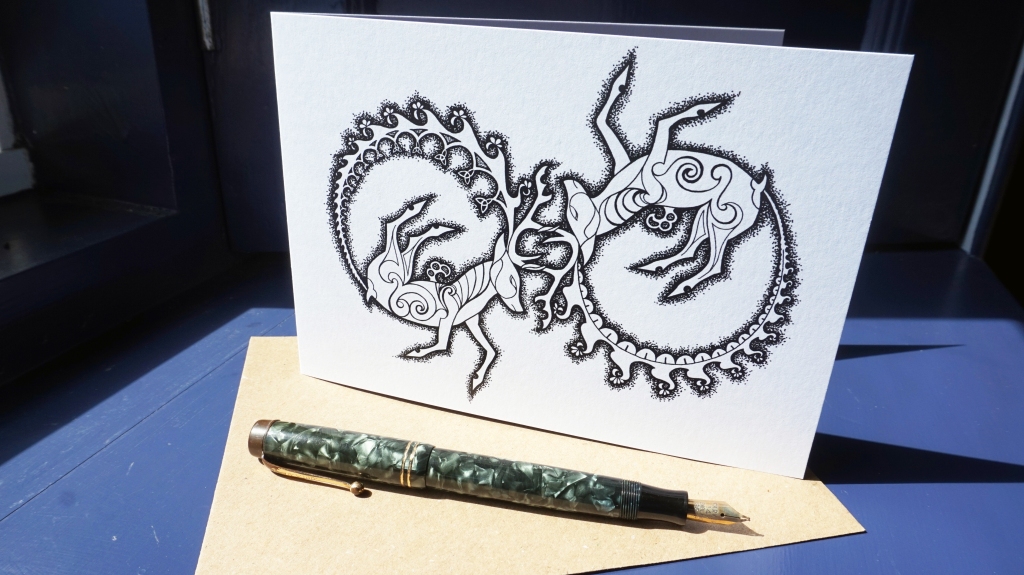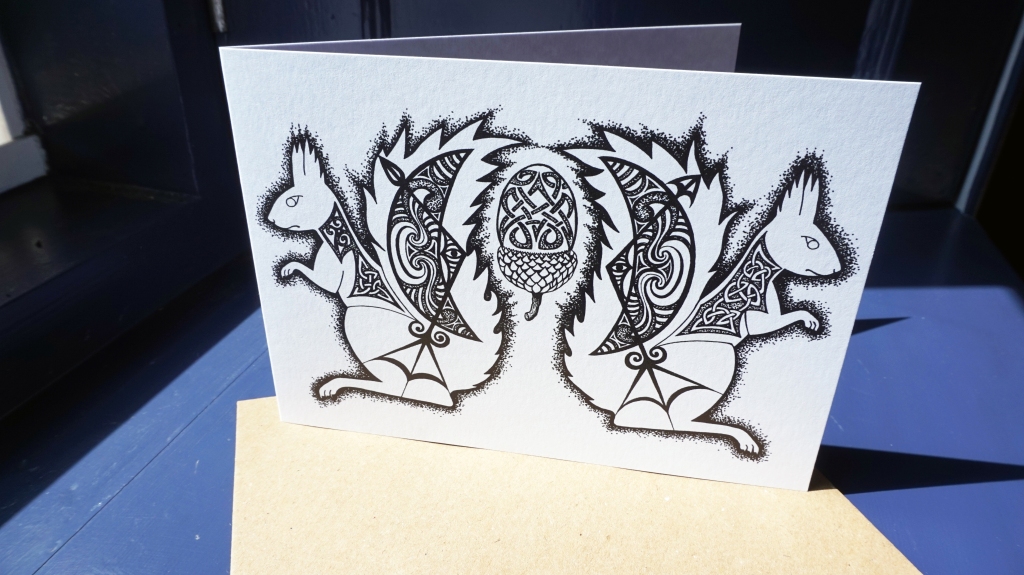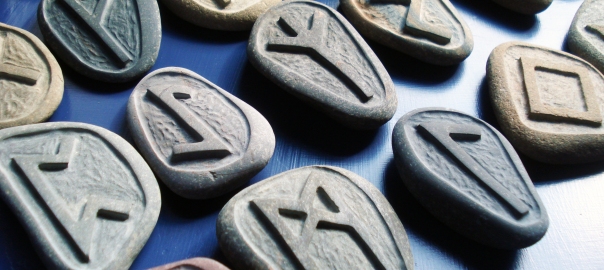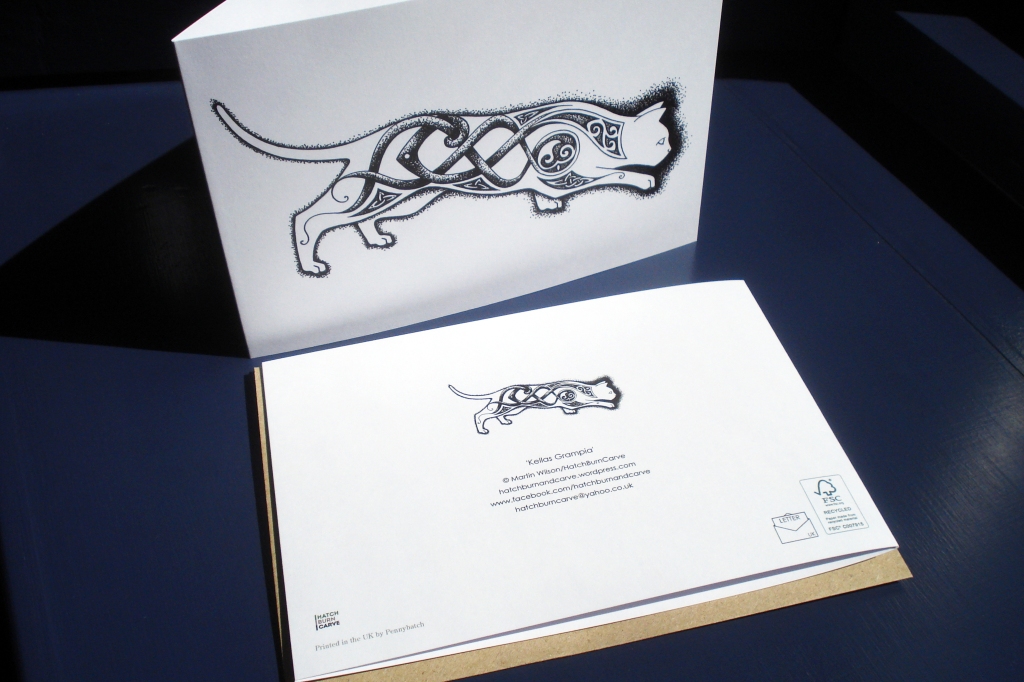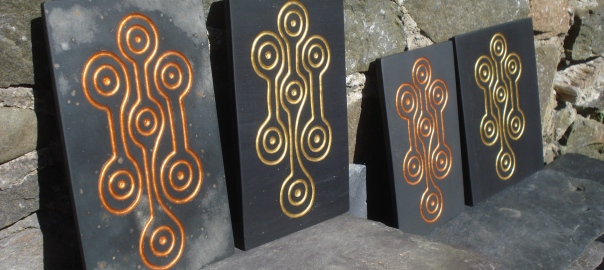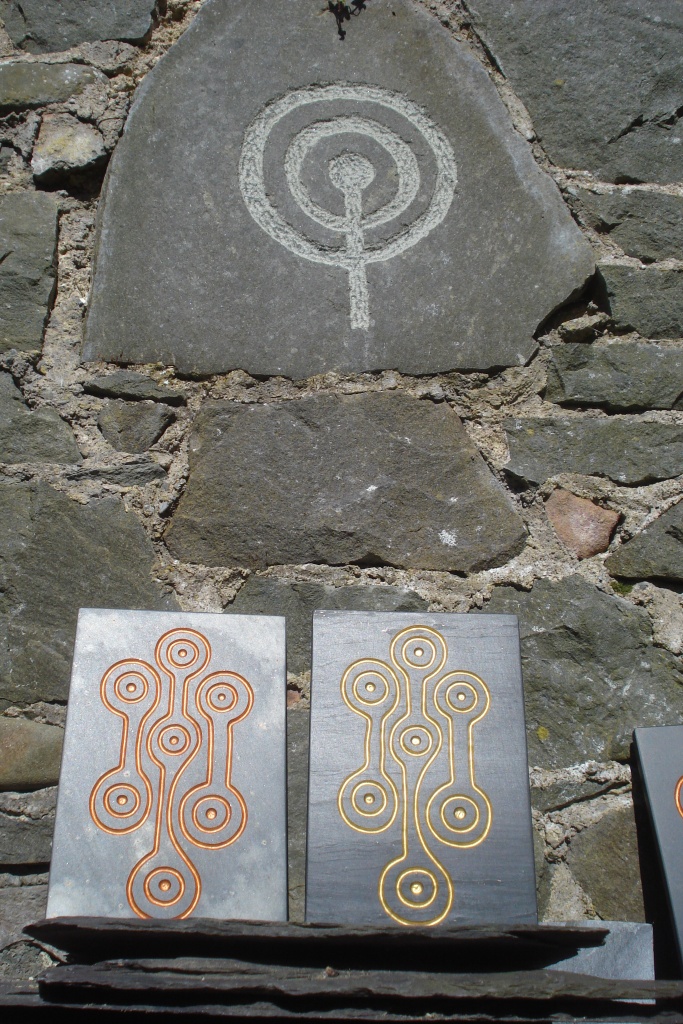One event that has become a bit of a HatchBurnCarve Yuletide tradition is the annual gathering of stones for the creation of runes in the coming year. Every year we try to visit the confluence of the Leithen Water and the River Tweed in the short, dark, cold and liminal days between Yule and Hogmanay. My latest batch of runes were made from stones gathered on the night when the Wolf Moon coincided with Nollaig Bheag (Little or Old Christmas). There are some sets for sale in my Etsy shop- just follow this link.
The place where two rivers meet is considered to be sacred and magickal by many cultures worldwide. In Hindu tradition, the ‘Triveni Sangam’ (confluence) in Prayagraj is the auspicious place where three rivers meet; the Ganges, the Yamuna and the Sarasvati. Only the Ganges and Yamuna are visible- the Sarasvati is an invisible mythological river that is said to join the other two from below the ground. This place is one of four Kumbh Mela sites.
In the Grand Canyon National Park, Arizona, is a site where the Colorado and Little Colorado Rivers meet- simply known as ‘The Confluence‘, or the ‘Sipapuni’ for those people of the Hopi Tribe. This area is sacred to seven tribes including the Zuni, Hopi and Navajo. The Sipapuni is a path or link to the underworld, where the Hopi ancestors emerged from that world into this. For all who hold this place sacred, it’s a life-source, a place to speak to gods.
Closer to home, there was (still is?) Condatis- the ancient Celtic god of confluences who was worshipped around the time of the Roman occupation in Britain and also in Gaul (Condatis is Gaulish for ‘confluence’). Altar inscriptions to Condatis have been found in County Durham and there is one instance of the name appearing in Scotland. Around the time when the Antonine Wall was built (142 AD), the Romans established a fort to the east of this at Cramond (a suburb of Edinburgh). Among the many excavated artefacts, an altar stone was found with the words ‘D M CONDATI’- ‘to the god Mercury from Condatus’.
There are theories and evidence that river confluences were also important to the Picts. Despite the complete lack of Pictish manuscripts, we continue to speak their words to this day. There are two related Celtic placename prefixes that denote a confluence (or river mouth), these being ‘Inver’ and ‘Aber’. The differences depend on the origin or country of the language; P-Celtic/Brythonic (i.e. Welsh, Cornish, Breton) and Q-Celtic/Goidelic (i.e. Scots, Irish and Manx Gaelic). Furthermore, the P-/Q- differences depended on the pronunciation of the letter ‘Q’ from the ancestral Proto-Celtic language; the Brythonics pronounced it as ‘p’ whereas the Goidelics simplified it to a ‘c’. The Picts spoke P-Celtic and with the word ‘aber’ it’s been suggested that the Picts viewed these locations as sacred natural sites and a number of Pictish monuments have been found at, or close to, confluences. The equivalent ‘Inver’ derives from the Q-Celtic (Scots Gaelic) ‘inbhir’ and this has further transformed to ‘inner’ in a few Scottish placenames, such as Innerleithen (the confluence of the Leithen).
Which brings me back to the site where the stones are collected to make runes. The stones gathered this year (2023) were collected by the light of the Wolf Moon on the night of Nollaig Bheag or ‘Little Christmas’ (6th January). The origin of Nollaig Bheag dates back to the replacement of the Julian with the Gregorian calendar and it’s still celebrated in some parts of the Highlands. The full moon in January is known as the ‘Wolf Moon’ as wolves mournfully howl at it due to the lack of midwinter prey. On that night, although I was unaware of any howling, the moon rose above the pine trees on the very steep hillside above the confluence illuminating the stony river shores. In the freezing moonlight of Old Christmas, I gathered stones with disinterested-interest, allowing my instinct to guide me with only Yuletide ghosts and pagan gods for company, on the edge of perception in this place of liminality.
I started writing this article with the sole intention of sharing some of my new Elder Futhark runes and to highlight some examples of sacred river confluences in global cultures, religion and folklore. However, I was soon lost down a rather interesting rabbit-hole and spent (too many) hours reading articles on the topic- the information above being a very condensed version of this. Although I was aware of the inherent magick of a confluence, I had little idea how these places have permeated, and continue to do so, our universal consciousness and it would seem that practically every ancient culture has been aware of the liminality of these sacred sites, how they are portals to the hidden and paths to the underworld. These are the places inhabited by gods and haunted by spirits.
I’ll finish this with words I read in one of the research papers linked above. It’s a reminder that in connecting with these sacred places, we connect not only with nature, but with our ancestors, ancient gods, magick and universal consciousness. Many of these places are under constant threat from so-called ‘development’ and exploitation. Some of the tribes and nations mentioned above are faced with constant struggle and battles to protect what inherently and rightly belongs to them.
“We all suffer from…separation of people and place, but we do not all suffer equally. We must reflect on how our efforts continue such separation, such continued colonization, if we are to save what is sacred in the Confluence….and, ultimately, in ourselves.”
References;
Ellis and Perry (2020) ‘A Confluence of Anticolonial Pathways for Indigenous Sacred Site Protection’ Journal of Contemporary Water Research & Education, 169 (1), 8-26.
Cramond Vicus From the Roman Britain website
Sicut rivulus descendit in Massat: A lost Pictish cultic site? From Rabbit Holes of Early Medieval Scotland website.
